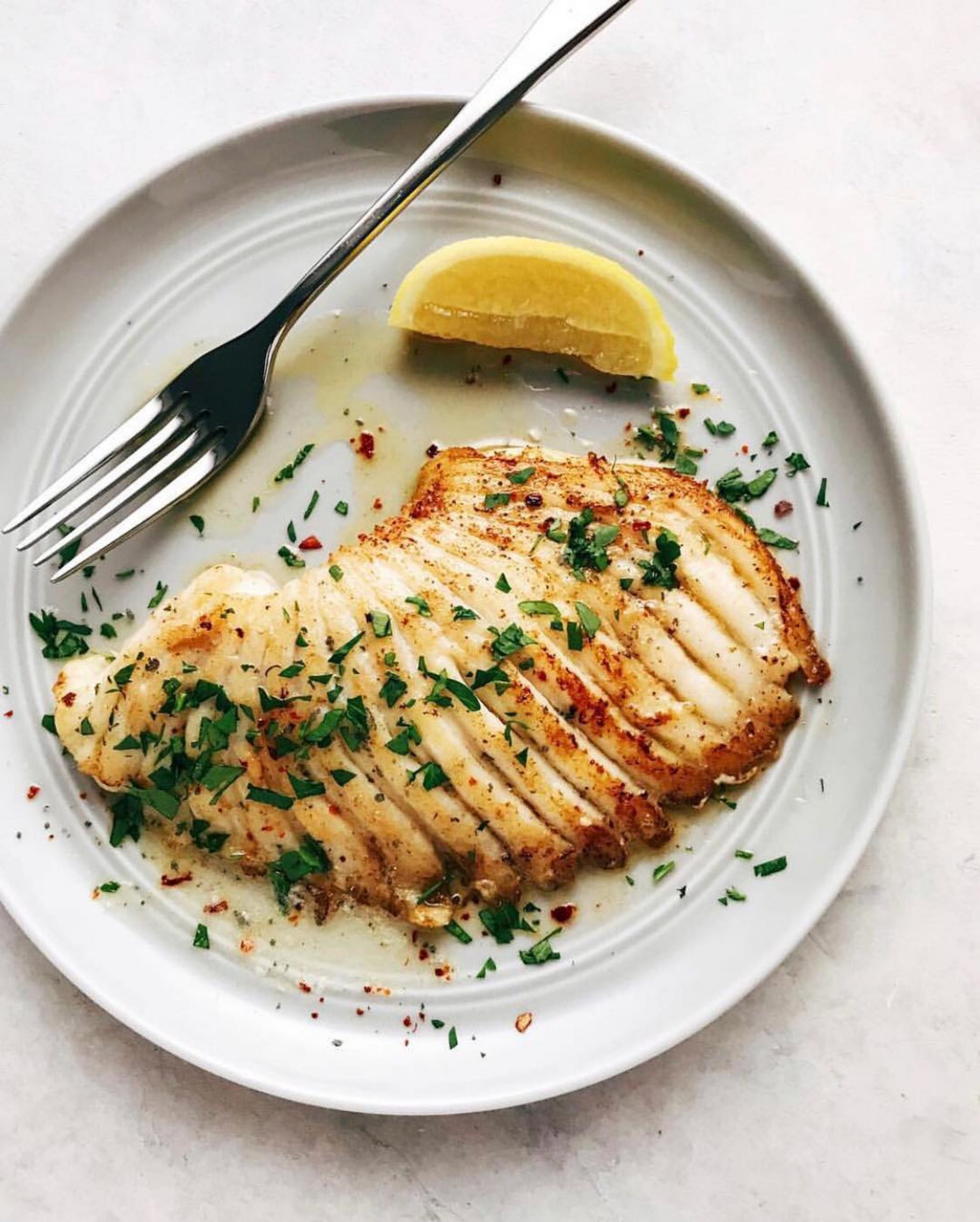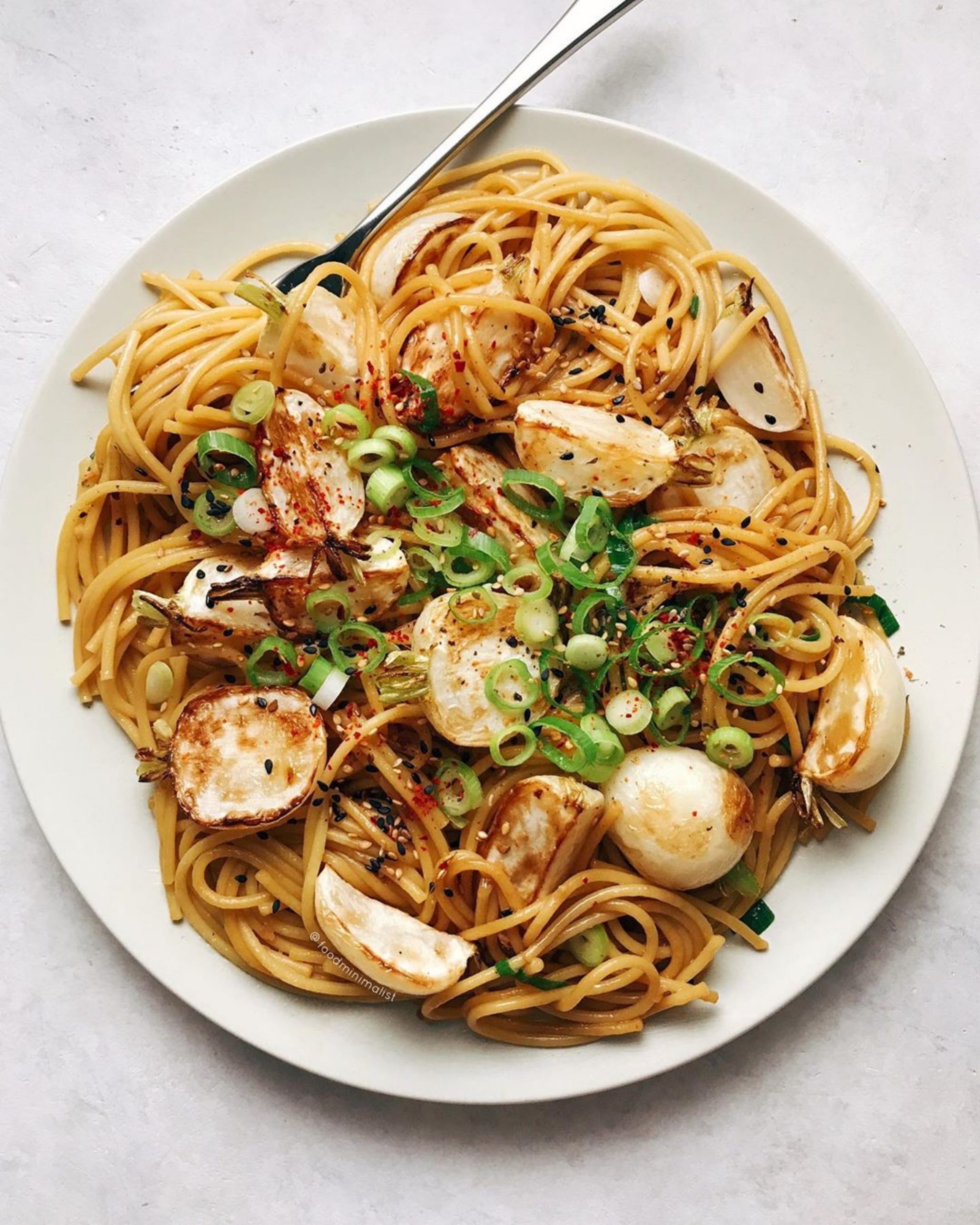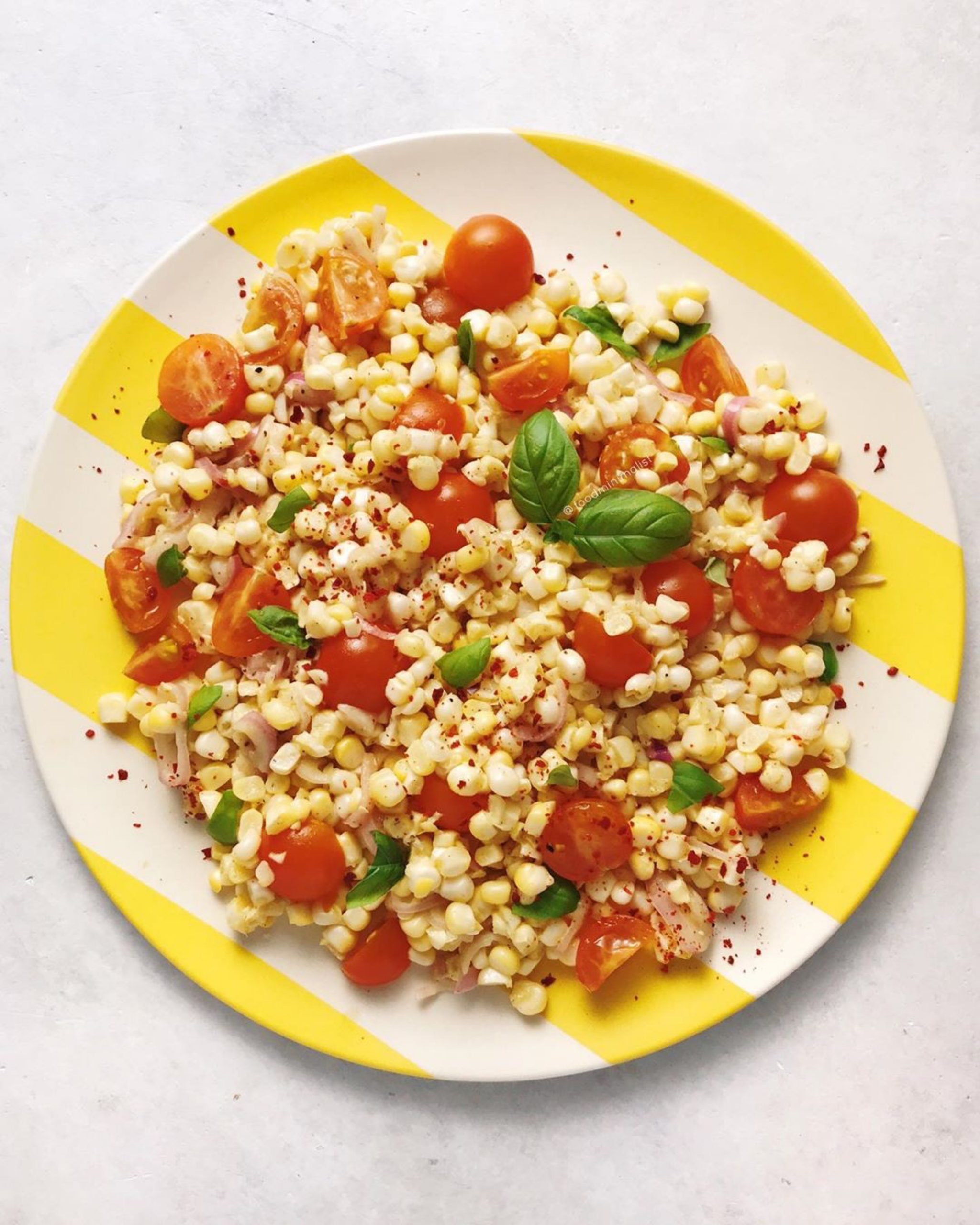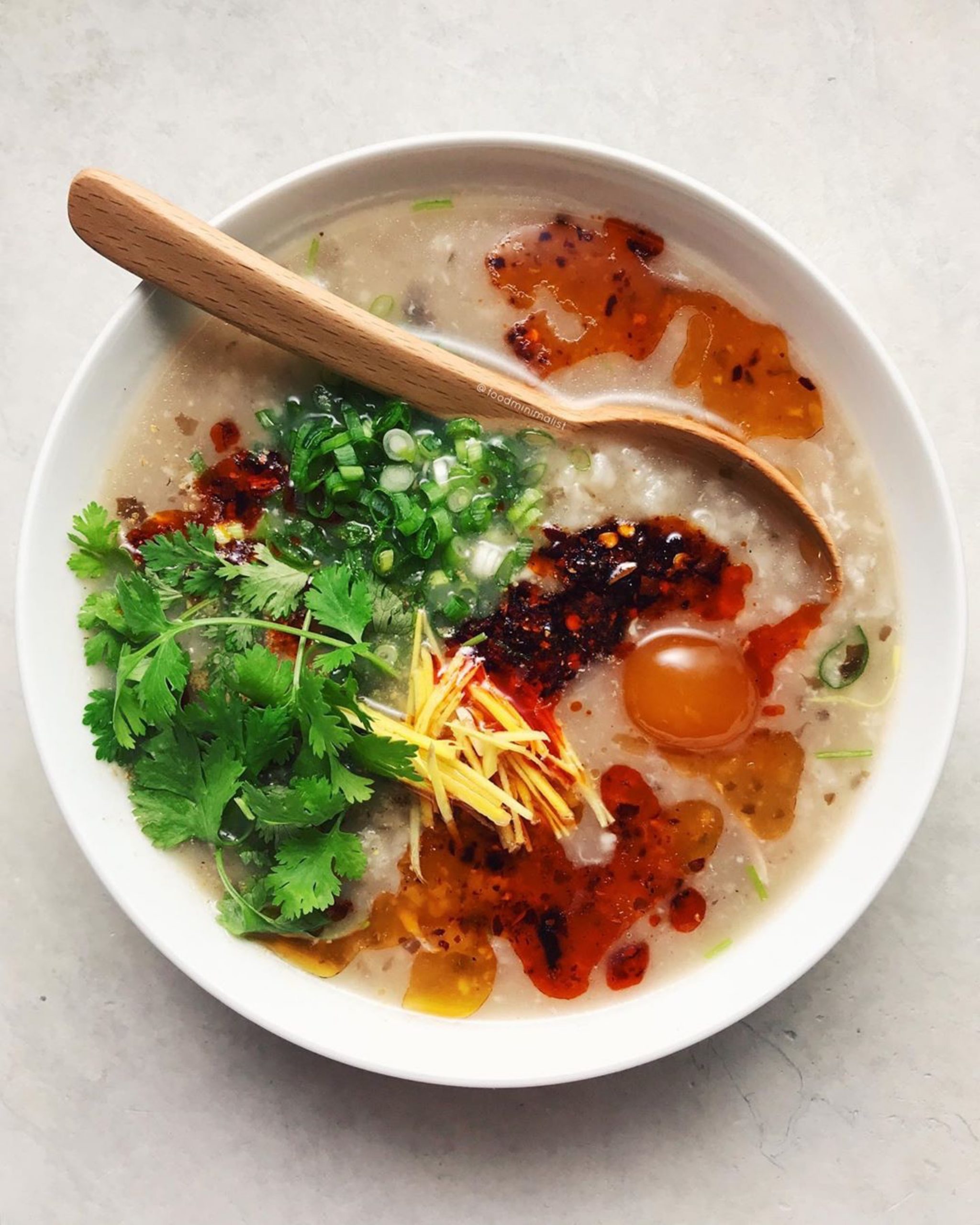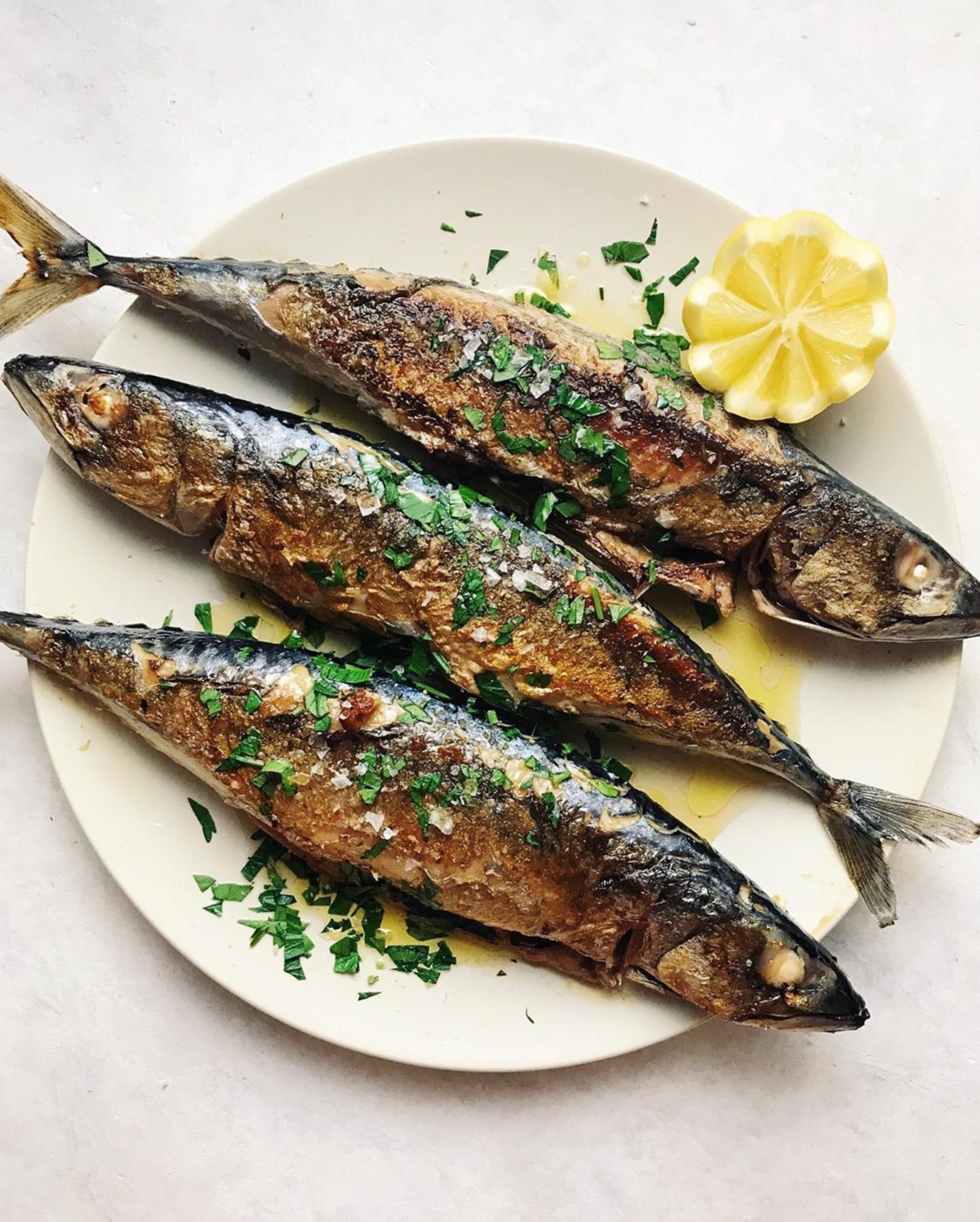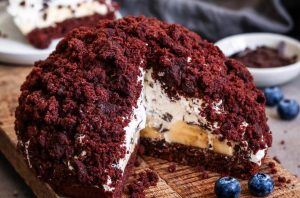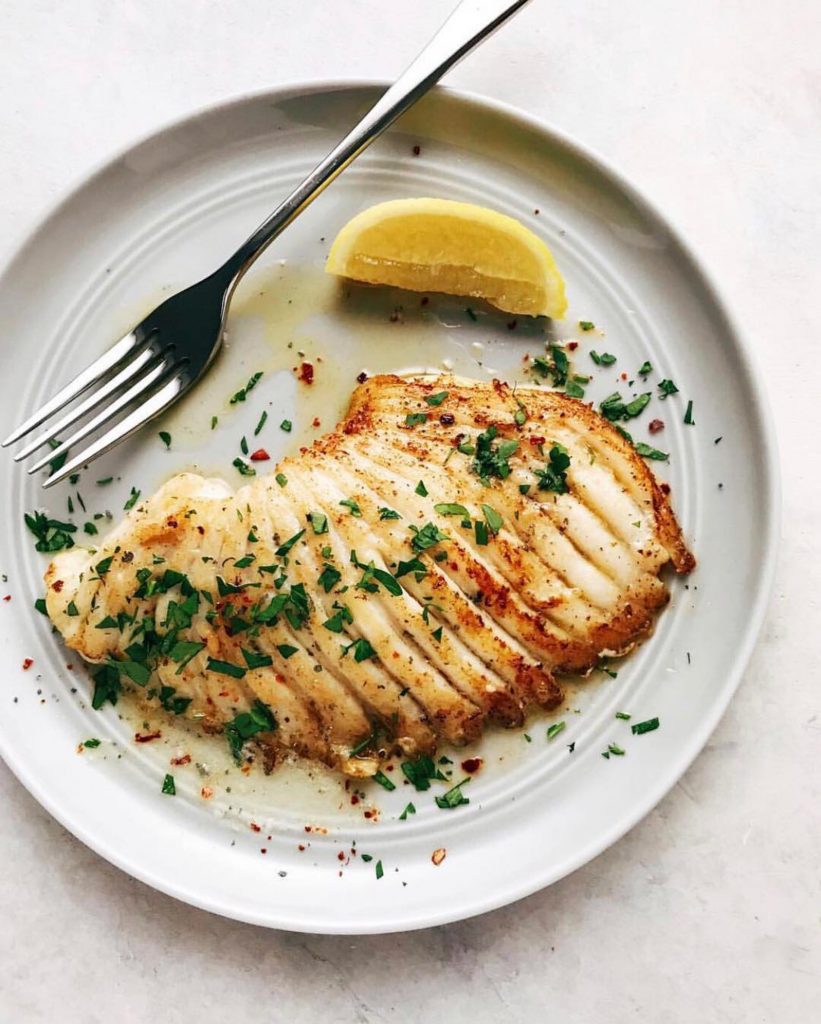
It’s important to note what exactly minimalism is: a simple, intentional lifestyle, with a focus on internal satisfaction rather than external things and consumerism.
As with all aspects of minimalism, there is no “one size fits all” way to do it.
Is a minimalist diet about following a meal plan formula to minimize choice and decision fatigue about what to eat?
Is it about eating only simple, whole foods?
Is it about using only minimal ingredients in foods and recipes?
Does it encompass a whole minimalist kitchen aesthetic with clear counters and only the basic kitchen tools?
Is it about simplifying the whole routine of cooking and eating? Streamlining the time spent planning, shopping, prepping, cooking and cleaning up after meals, so that time can be spent on other things that are more important to you?
Could a minimalist diet even include not cooking at all like using a meal delivery service?
What about zero waste?
I don’t really have the answer, and yet the answer could be that any or all of these could be considered part of a minimalist diet.
What exactly is a minimalist diet?
I think what some common threads are: simple food choices, not elaborate or lavish, few but high quality ingredients, minimal packaging, minimal processing, minimal waste.
There is no right or wrong way to eat. A healthy version of a minimalist eating pattern should be a set of guidelines more than hard set rules.
Guidelines will help you get where you want to be without causing guilt or anxiety if you “break the rules” or “cheat”.
The way you eat should make you feel good, energized, and flexible. Feeling stressed, guilty, or restricted is a sign you’ve taken the rules too seriously and need to take a step back.
Thinking about all the ways to eat like a minimalist, I came up with a few general patterns:
A diet comprised of simple, minimalist foods
* choose simple, whole foods with few ingredients
* choose simple recipes comprised of the same core ingredients
* only keep a few fresh spices on hand
* season simply
A minimalist diet comprised of food ratios
This works really well for a typical western diet and the meat-and-potato type of person.
For example, 1/4 plate protein, 1/4 plate carbs, 1/2 plate veggies. This is along the guidelines of Canada’s Food Guide or USDA MyPlate guide.
Because it’s simply a ratio, the actual ingredients could vary from day to day.
For example, one meal might be roasted salmon, potatoes, and broccoli. Another meal might be meatloaf, rice, and steamed vegetables.
It also works in mixed meals, like stirfry with chicken, veggies, and rice. Just use the approximate ratios when cooking and serving your meal!
A minimalist meal plan
A minimalist meal plan would be one that is very similar from day to day and from meal to meal. For example, oatmeal for breakfast, salad for lunch, hot meal for supper.
This would be great for someone looking to follow a simple eating pattern, reduce decision fatigue, or meal prep. Imagine never having to figure out what to pack for lunch, because you have the same lunch each day!
To ensure you get enough variety in your diet, I recommend having a series of meals you can substitute for each other. For example, you might have 4 go-to salads for lunch and mix them up from week to week:
* a couscous & chickpea salad with cucumber and tomato
* a greek salad with chicken and farro
* a black bean, corn & quinoa salad
* roasted veggie salad
A minimalist diet comprised of simple, easy recipes
This minimalist is looking to simplify eating and cooking. The key focus is to choose recipes with just a few simple steps and use few ingredients.
You may not even have to follow a recipe they’re so simple!
Take a stir fry for example: start rice. Meanwhile, cut up vegetables and protein, stir fry in oil until almost done. Add sauce. Serve over rice.
Same goes for a sheet pan meal: Preheat oven. Chop veggies, potatoes and protein. Toss with oil and seasonings in a bowl. Spread on sheet pan and roast for about 40 minutes, or until done.
* Use base recipes like stir fry, soup, curry, sheet pan meal
* choose simple recipes with 10 ingredients or less (give or take)
* season simply. You don’t need 45 herbs, spices and sauces. Just keep basics on hand that all go together so you can whip up a tasty seasoning in no time.
* Keep the cooking method simple. You don’t need all burners going at once trying to cook everything and make a sauce from scratch.
*
Despite these different ways of minimalist eating, the majority of minimalists share these traits:
* only buy what you need
* cook most meals at home
* keep pantry organized & neatly labelled
* simple kitchen tools
* keep the counter clear
* minimize food waste
* stock basic ingredients. You don’t need every sauce, seasoning, shape of pasta, etc.
* focus on simple, whole, minimally processed foods
The basics of minimalist food
Minimalist foods are simple, whole, minimally processed foods. Minimalist food is made into simple meals with few ingredients and steps. Think: sheet pan meals or one pot meals with 10 ingredients or less.
The majority of a minimalist’s diet is composed of core foods that are minimally processed and minimally packaged. Most meals are cooked at home.
This is not to say that a true minimalist never eats packaged and processed food or takeout. Simply that MOST of a minimalist diet is comprised of simple, whole foods.
When it comes to what you eat, do not restrict. The 80/20 rule is a good guideline. That is, on average, about 80% simple, minimalist food, 20% other foods is a good balance.
Minimalist Food List:
* Vegetables
* Fruit
* Nuts & seeds
* Whole grains
* Beans & legumes
* High quality oil like olive or avocado oil
* Poultry, meat & fish (optional)
Pros of Minimalist Eating:
* tends to be healthy & balanced diet
* allows you to put your minimalist lifestyle into practice
* may be less expensive than a conventional diet. Ie: less takeout & ready-made foods
* may help you try new recipes, cooking techniques & ingredients
Cons of Minimalist Eating:
* may be more expensive than a conventional diet. Ie: more fresh, unprocessed foods which may be more expensive (depending what you were eating before)
* may be unobtainable for some. Ie: access to these foods may be limited in lower income or more rural areas.
* more time consuming. Ie: fewer processed foods generally means more time cooking (but not always!)
* may only focus on minimalism aspect of food while decreasing the importance of other aspects of food such as socialization, enjoyment, food preferences
* may lead to moralistic emphasis on foods. Ie: good vs bad foods
* may lead to excessive food rules
Should I eat a minimalist diet?
Honestly, only you can answer that question for yourself. I think most people would be able to incorporate at least some of the principles of a minimalist diet.
If you’re on a tight budget you can be a bit more frugal by following a minimalist diet most easily by buying simple ingredients and cooking from scratch more often.
If you’d like to eat healthier while following a minimalist diet, buying simple, whole foods is a step in the right direction.
If you want to simplify your life, using recipes with few ingredients and simple steps will help you achieve that while becoming a bit more minimalist.
Whatever you choose, assess how it’s working for you and go from there!
Minimalist eating is such an individual experience. What kind of minimalist diet do you eat? Comment below!
Checkout our top minimalist picks below
Source The Frugal Minimalist Kitchen

